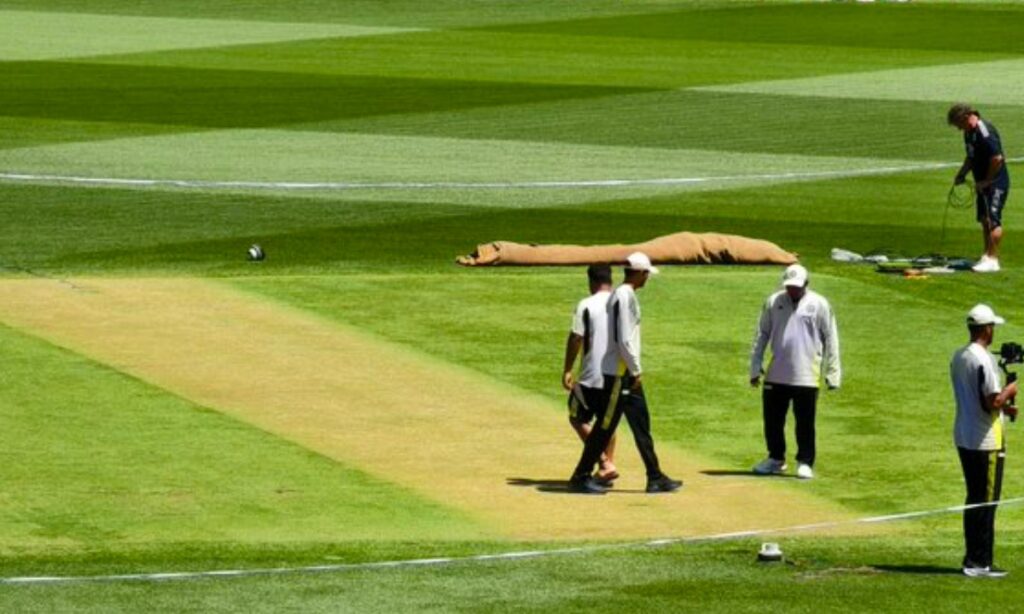The Border-Gavaskar Trophy 2024-25 has reached a thrilling juncture with the series tied at 1-1, setting the stage for an exhilarating third Test at The Gabba in Brisbane. After a resounding victory in Perth by 295 runs, India’s momentum was halted in Adelaide where they lost by 10 wickets, scoring a meager 180 in the first innings against Australia’s 357, largely thanks to Travis Head’s 140. India managed only 175 in their second innings, setting a paltry target of 19, which Australia chased down effortlessly. Now, with the series’ fate hanging in balance, all eyes turn to The Gabba, a venue known for its rich cricketing history and challenging conditions.
The Gabba, Brisbane: Pitch Report
The Gabba, with its 42,000 spectator capacity, is not just a cricket ground but a fortress where pace and bounce reign supreme. Historically, this pitch has been a bowler’s paradise, especially for fast bowlers who can exploit the good carry and bounce to trouble the batsmen. For the upcoming third Test, we can anticipate a pitch that retains these traditional characteristics. The surface here is known for offering enough assistance to the bowlers, particularly in the early stages of the match, where the ball can move off the seam and nip back or away to challenge even the most seasoned of batsmen.
However, the narrative of this pitch isn’t solely one-sided. While it does favor pace bowlers, The Gabba’s pitch can also be a haven for batsmen who manage to weather the initial storm. Batsmen well-set and accustomed to the bounce can score freely, especially on the drop-in pitches that have been used here in recent years. This pitch doesn’t necessarily dictate an advantage to either batting or bowling first; it’s more about how teams adapt to the conditions. The use of a drop-in pitch could mean less wear and tear compared to traditional pitches, potentially offering a more consistent bounce throughout the match.
An interesting factor to watch will be how the pitch reacts post-rain. Rain has been known to alter the behavior of pitches, sometimes making them slower or more variable in bounce, which could add another layer of strategy for both teams. This aspect might particularly favor the team that wins the toss, as they could decide whether to bat first to take advantage of whatever stability remains or bowl to exploit any early moisture or assistance from the pitch.
Statistically, there’s no clear advantage to batting first or second at The Gabba. Over the years, teams have won matches batting first as well as chasing down targets, making adaptability and tactical nous key elements for success here. The pitch’s nature calls for resilience from the batsmen and precision from the bowlers, with both teams needing to be at their best to capitalize on the conditions.
The third Test at The Gabba promises to be a battle of wits, skill, and adaptation. The pitch here will test the mettle of both teams, possibly deciding the direction of the Border-Gavaskar Trophy. With the series on the line, how each team navigates the challenges presented by this iconic venue could very well define their campaign. Whether it’s the pace bowlers making early inroads or the batsmen seizing the moment to dominate, The Gabba is set to host a Test match that will be remembered for its intensity and the quality of cricket on display.

